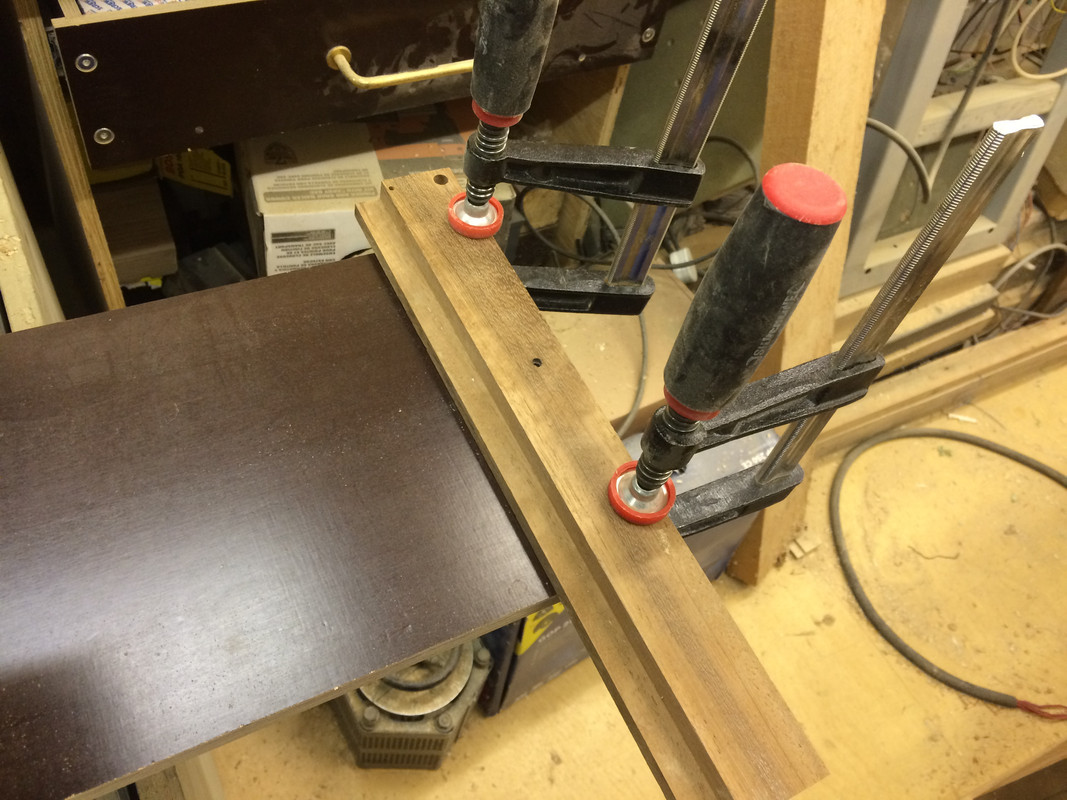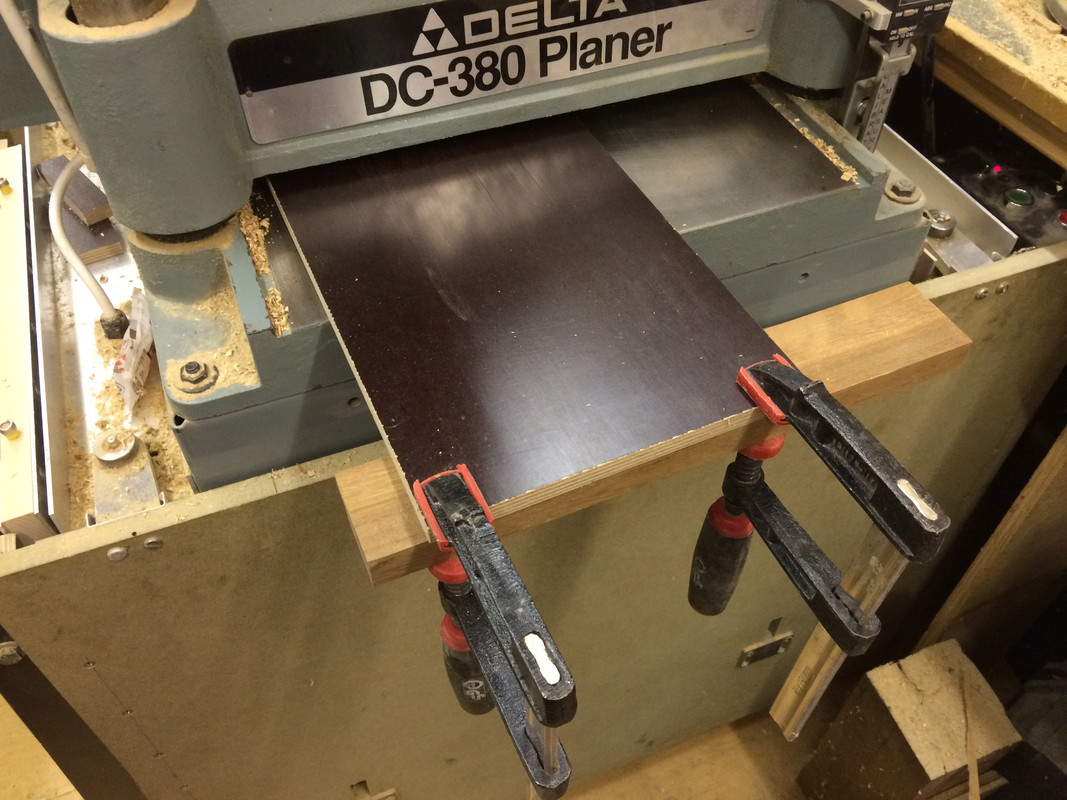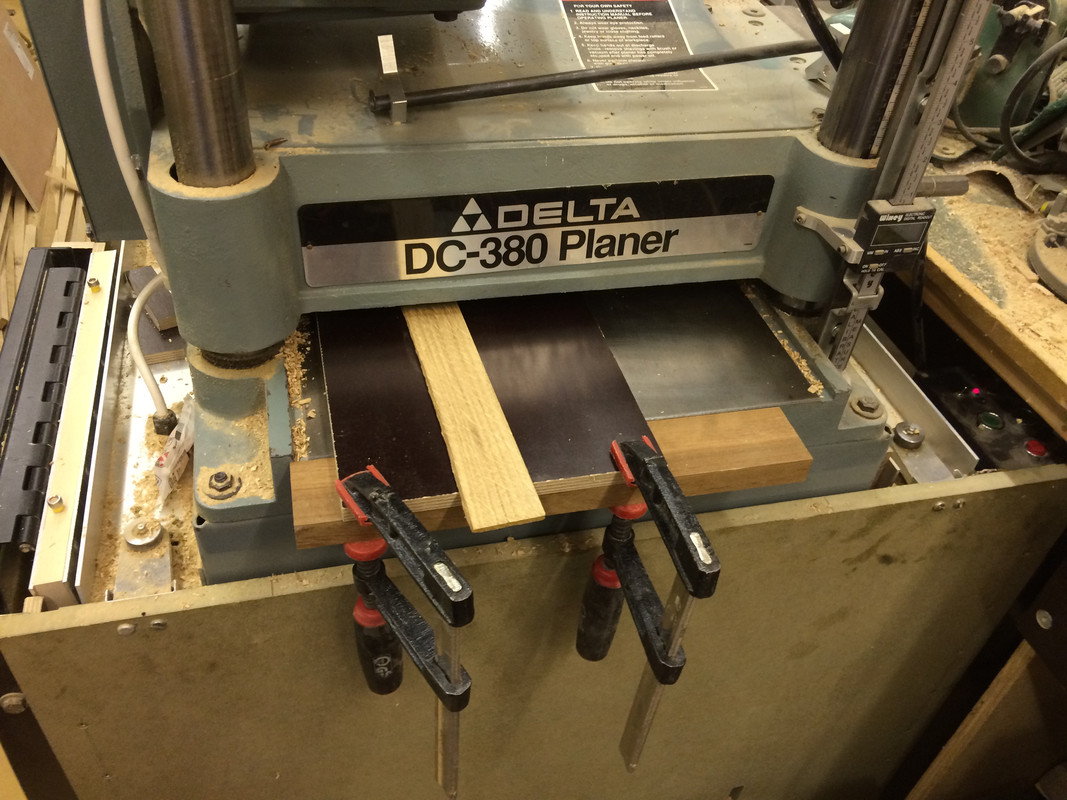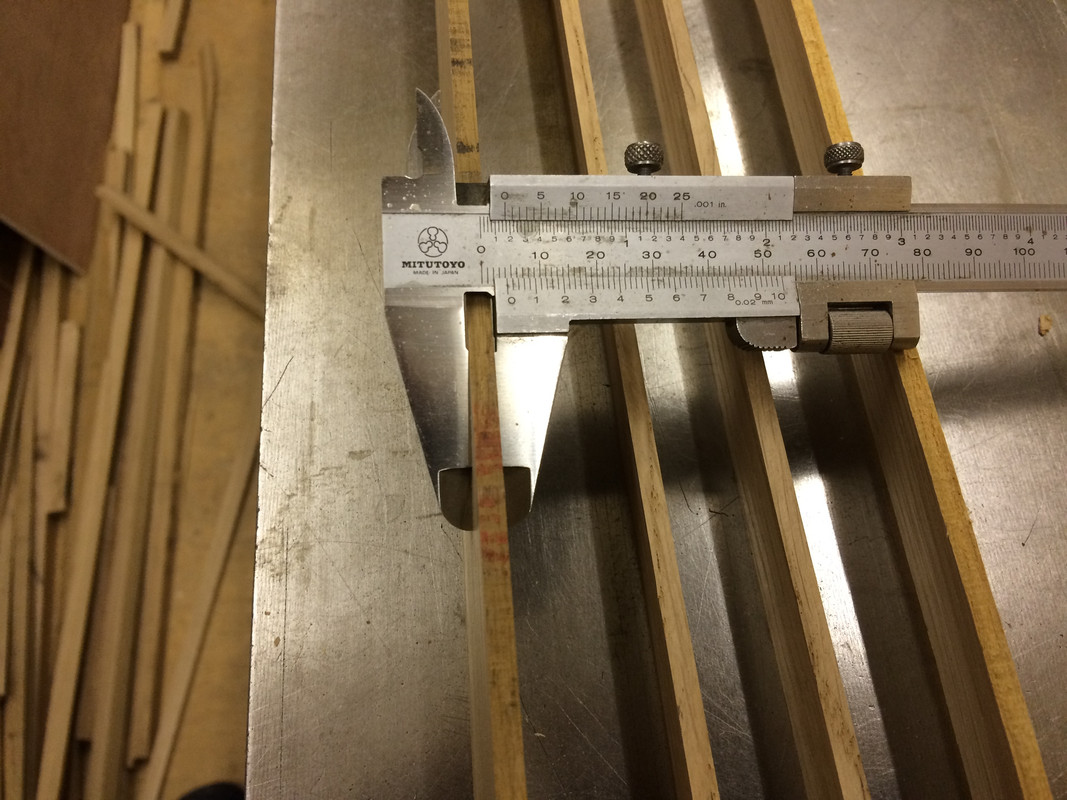chaoticbob
Established Member
I have some sapele offcuts which I'd like to thickness down to 6mm. My little 'screamer' P/T won't close down that far (maybe a good thing - perhaps working such thin stock wouldn't be safe?) so I need to attach the stock to a backing board I suppose. But how? Any suggestions? I'm a bit reluctant to use metal fasteners for obvious reasons.
Robin.
Robin.




































